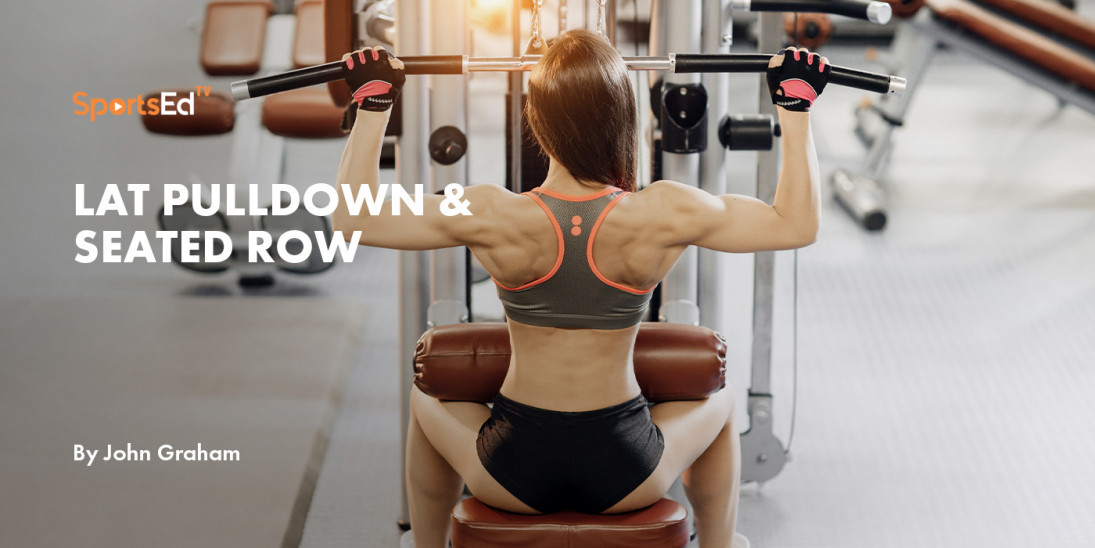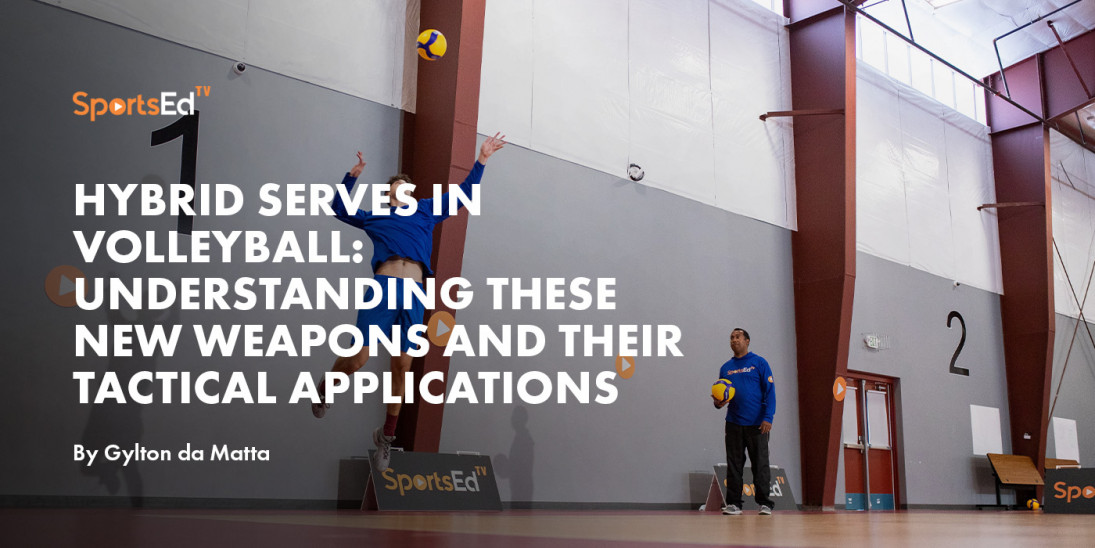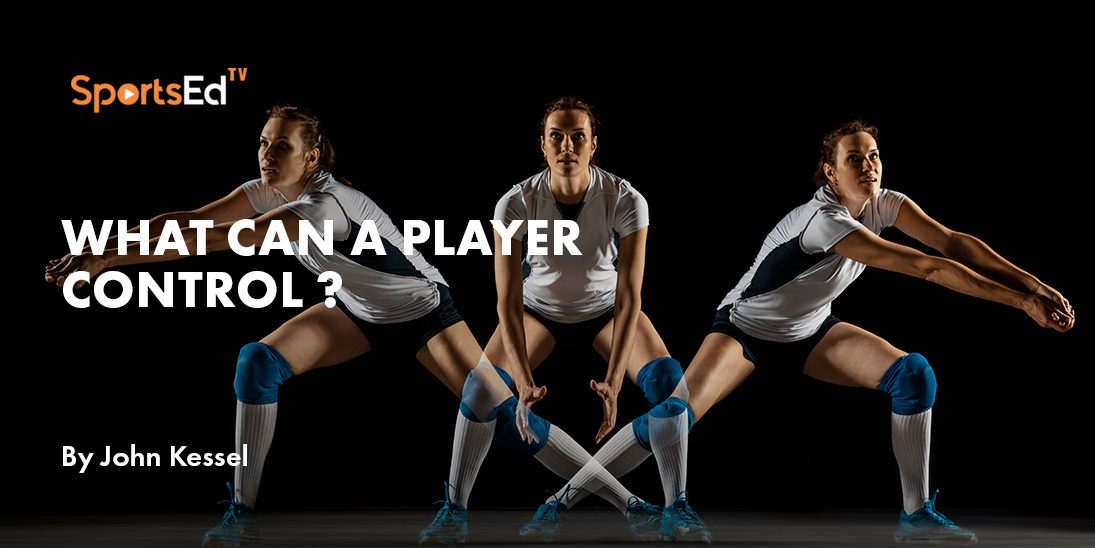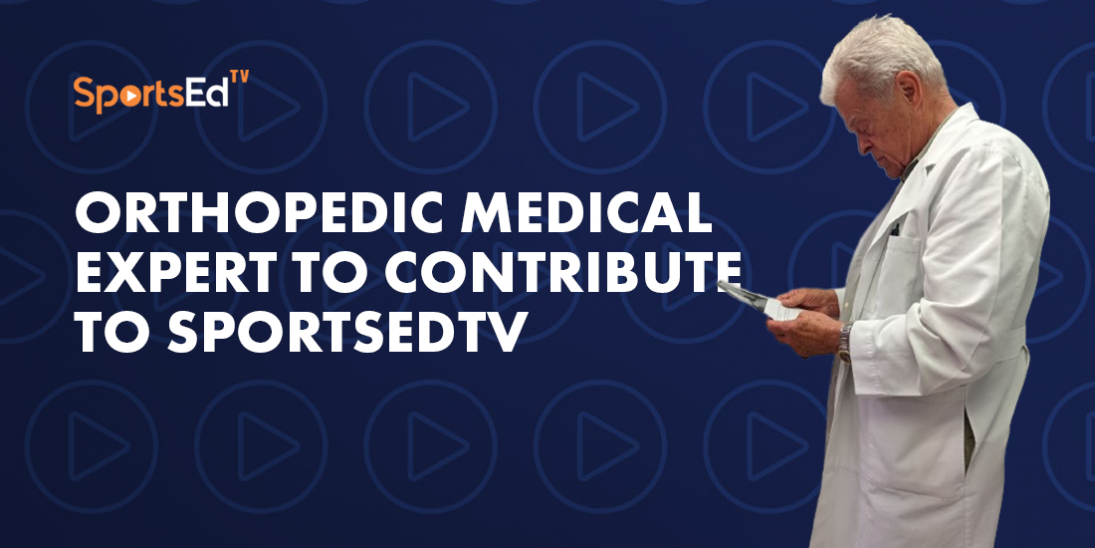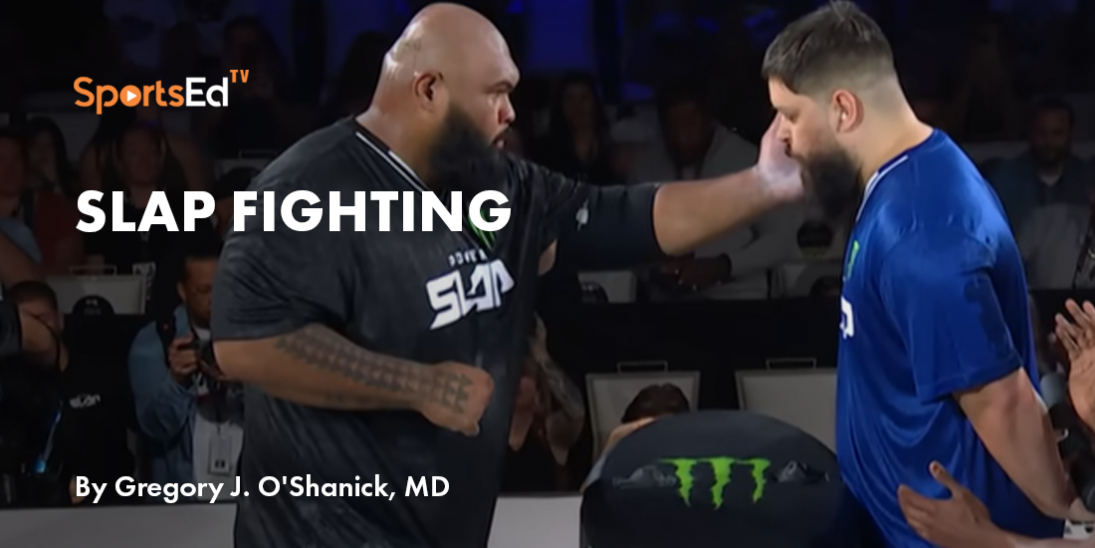Health, Mental Toughness, Rehab, Running, Soccer, Strength And Conditioning, Volleyball
Welcome and thanks for visiting...

Succeed Against the Odds: Returning to Soccer After an ACL Injury
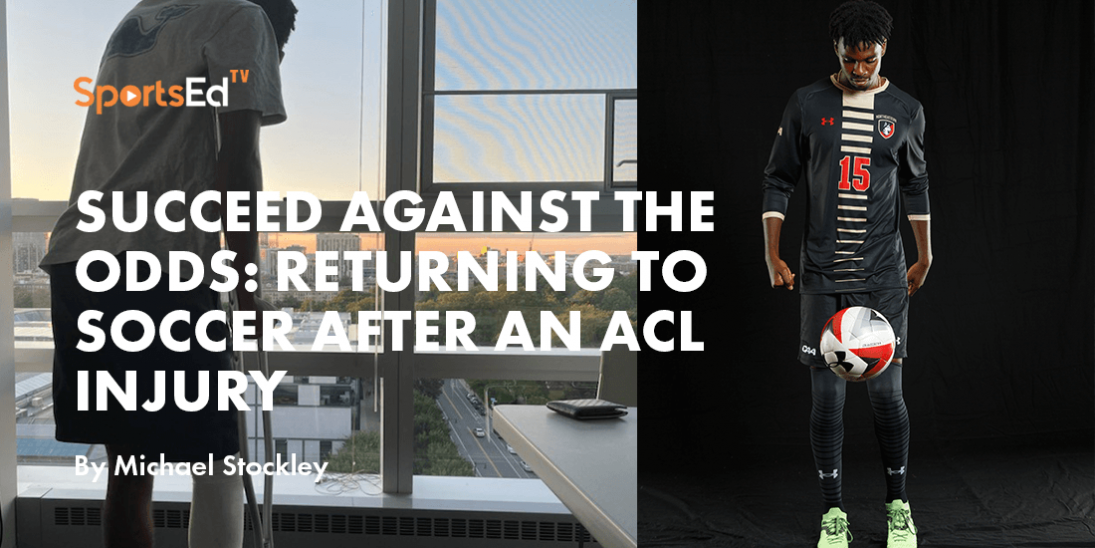
I always thought I was blessed with the work ethic and athletic prowess to stand out from the rest. I played at the highest level of youth soccer while growing up in the USA and I had committed to play Division 1 soccer at Northeastern University. With intentions to play professionally, I stepped into the collegiate athletics environment with hopes and aspirations for what was to come. Injuries, setbacks, and excuses. I was fortunate enough to have made it so far without having dealt with any of them. I thought to myself, “It could never be me”. As athletes, we always carry this sense of invincibility, feeling like if we work hard enough and do all the right things nothing can happen to us. I tore my right ACL and meniscus in August of 2021. I thought that I would never play at the professional level, let alone finish playing at the collegiate level. It wasn’t until after I recovered that I realized how much room I had for character growth before the injury.
My ACL Injury
My third year, the first day of preseason had a level of tension that was to be expected at the Division 1 level. Before we were to compete against any other school, we had to compete with each other for starting positions on the field. Due to the Covid-19 pandemic, we were unable to do so the previous season, and there were a lot of new changes post-pandemic to the system of scouting and playing. Because of this, we had many new faces who had been recruited but were unable to play due to the global shutdown. They were eager to show out, but so were the returning players. The intensity was so high that there were several injuries in the preseason alone, but I successfully made it through the preseason with nothing but a few bruises.
I played the first game of the season and thought that I was on my way to securing my spot in the starting 11. In the second game of the season, we played against Bryant University. Having grown accustomed to playing on turf, I was excited to see that Bryant had a grass field. Despite having thought that grass was safer and softer on joints than turf, this is where I suffered my unfortunate injury.
As a defensive midfielder, I prided myself on my ability to win the ball in the middle of the field and control the tempo of the game. I’ve gone into more slide tackles and physical battles for the ball than I could ever count or recollect. However, I remember this challenge for the ball as if it were only yesterday. In this particular intense battle for the ball, I won, but at a great cost. The opposing player received the ball and I made sure to be close enough on his first touch to make his next decision was a difficult one. We were positioned in the left-center area of the field, and I turned my hips to lead him towards the inside, where I knew I had teammates to assist me should he get past me, but I was never going to let that happen. He set his feet, and I realized he intended to dribble. I anticipated his dribble to the inside and stripped the ball from him in an aggressive shoulder-to-shoulder challenge. Knowing that the game was physical, I expected him to retaliate in an effort to win the ball back, but unfortunately, my body was not prepared for the next impact.
As he ran beside me, I put my arm out to gauge the distance and brace myself for the return challenge. However, the contact I was greeted with was not a fair shoulder challenge but a shove with extended arms. The initial contact sent my torso to the side while my right leg was planted straight into the grass. In a moment of complete shock, I felt my right knee buckle inwards from its straight locked position and make the dreaded “pop” sound that every athlete fears. Realizing immediately that my knee had moved in a direction that it was not meant to move, I fell to the ground. I grabbed my leg with a blank expression that could only be shock and confusion. “Surely this is not happening to me right now,” I thought to myself. The confusion arose because it did not hurt initially. Therefore, my first instinct to gauge what happened to me was to try to stand up. I rolled over onto my hands and knees with the intention to stand up, but I was instead filled with dread when I realized that my leg was not responding to the intended effort to stand. Instead, I began to crawl in a desperate effort to end up in a standing position.
“No, no, no, no, NO,” I repeated to myself.
As I inched further and further in a desperate effort to stand on my own, I felt the tears begin to stream down my face. I looked up at my teammate, realizing that I had begun to cry. I immediately understood that whatever had happened to my leg, I had to prevent myself from breaking down in the middle of the field. I turned my head to see my coach leaning down to help me. The sadness on his face almost broke my resolve because I knew that he had dealt with a torn ACL during his time as an athlete as well.
He said to me over and over, “We don’t know what it is, so let’s find out before we panic.”
I didn’t want to believe that I had torn my ACL because it did not swell up like everyone says it would, and there was no excruciating pain. It felt like discomfort or that something was no longer where it should’ve been.
The next day, I went to Boston Children’s Hospital for an MRI as early as I possibly could. I was asked if I heard a “pop”. I quietly responded with a yes, and I felt my heart sink. I didn’t feel like any of it was real until it was time for me to admit what had happened.
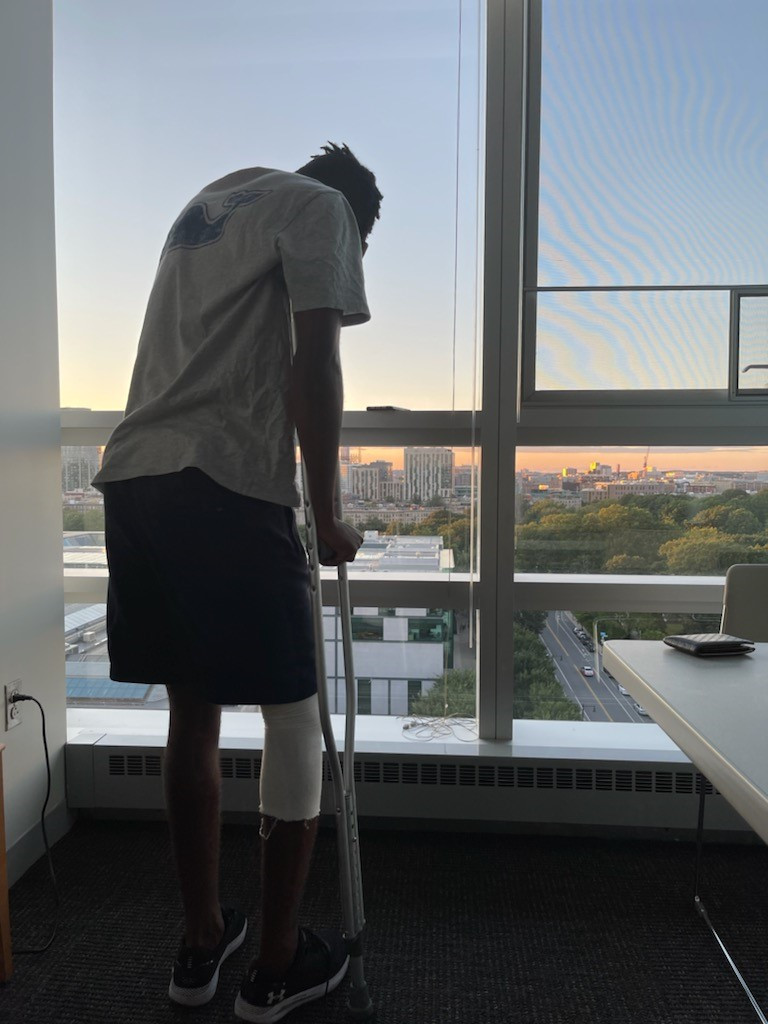
ACL Diagnosis
The first step towards recovery is accepting the reality of the ACL injury and understanding that it will take time to heal. I initially had a very hard time with this. It affected my mental more than anything else, as I felt that accepting the injury meant accepting defeat. With the pandemic then followed by this injury, I would be missing more than half of my collegiate soccer career. I didn’t want to accept defeat and when I did, I felt as though my goals and aspirations slowly drifted farther away from me. Upon confirmation that I had indeed torn my ACL, I fell into a deep depression. I knew that it was temporary, and I knew that I could recover and come back, but I felt that I couldn’t afford to miss another year of playing soccer with the intention to play professionally. At this point, I had no other choice but to begin the recovery process.
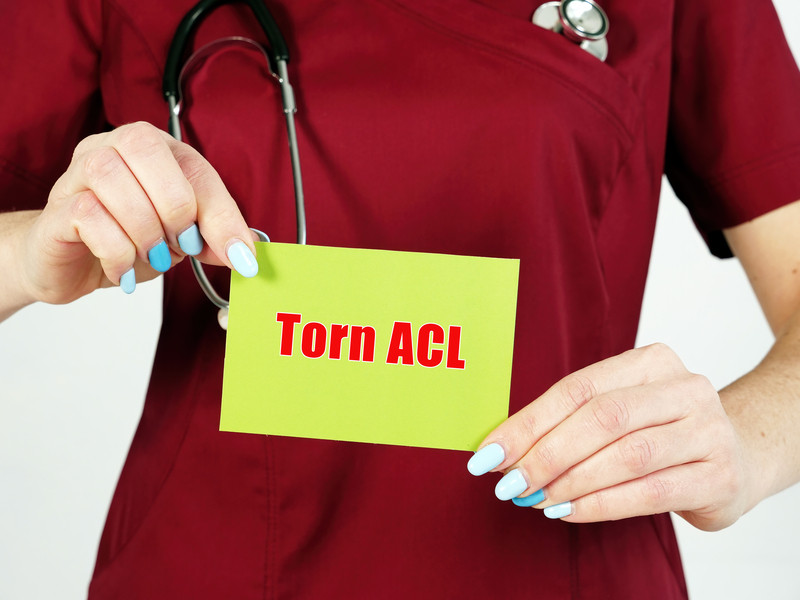
Preparing for Surgery
Luckily, I was in Boston, which is ranked #3 in the country for medicine. I knew I was in good hands when it was time to go into surgery. In most cases, ACL injuries require surgical intervention. However, many people forgo the surgery if they never intend to partake in strenuous activity. If you intend to play soccer at a competitive level, surgery is recommended, as soccer is a sport that requires many sudden and sporadic movements. Everything went well with the operation, and I was relieved that I was already going to begin the recovery process.
Post-Surgery Rehabilitation
Following ACL surgery, I realized that depression had set in harder than I had anticipated. Going from running 90 min non-stop to learning how to walk again was a battle that I was not mentally ready for. If I had to describe the emotions that I went through, I would say that I was in a dark tunnel where I could see the light at the end. However, it was just a speck of light that was so far away it felt impossible to reach. My coach recommended I take time away from the team as I struggled to sit on the side and simply watch every day at practice. I immediately got started on my rehabilitation but soon found myself at a plateau during my treatment.
Surrounding my knee was a lot of scar tissue that ended up preventing me from achieving the full range of motion in my leg. I was neither able to straighten my leg out nor bend it all the way. My rehab consisted mainly of forcing my knee into the full range of motion regardless of how painful it was. I was told that if I could not achieve that full range, the surgeon would have to go in for another operation to remove the scar tissue. After months of trying to force my knee back to its normal function, it was recommended that I have scar-tissue removal surgery. I felt myself falling further as thoughts of extending my already long recovery began to fill my head. I was dreading the scar tissue removal until it was over, and I realized I made the right decision to fix my knee. When I arrived home, I smiled as I sat on the floor, and the back of my leg touched the carpet to signify that my leg was now straight. This was a wake-up call, and I had to approach my rehab with a positive mindset. I didn’t realize how much my psyche had played a part in the recovery process until I changed it. It is extremely important to take your rehab seriously to avoid the complications that I faced. A comprehensive rehabilitation program is vital for a successful recovery. It took me almost two years to completely recover from my ACL injury. I initially thought that it was time that I had lost but I realize the amount of character growth that I underwent during this time before I had a mindset of invincibility which now transitioned to a mindset of being able to overcome any hardship I should encounter. It is important to stay focused and gradually build your confidence to prepare your knee for the demands of the sport.
Strengthening and Conditioning
Aside from focused knee rehabilitation exercises, it is important to work on overall strength and conditioning. Incorporate exercises that target the core, lower body, and upper body to ensure balanced strength and improve your overall performance on the field. This is one of the key parts of preventing future and further injury. Strengthening everything around the knee will create more overall stability and a safety net in uncomfortable situations.
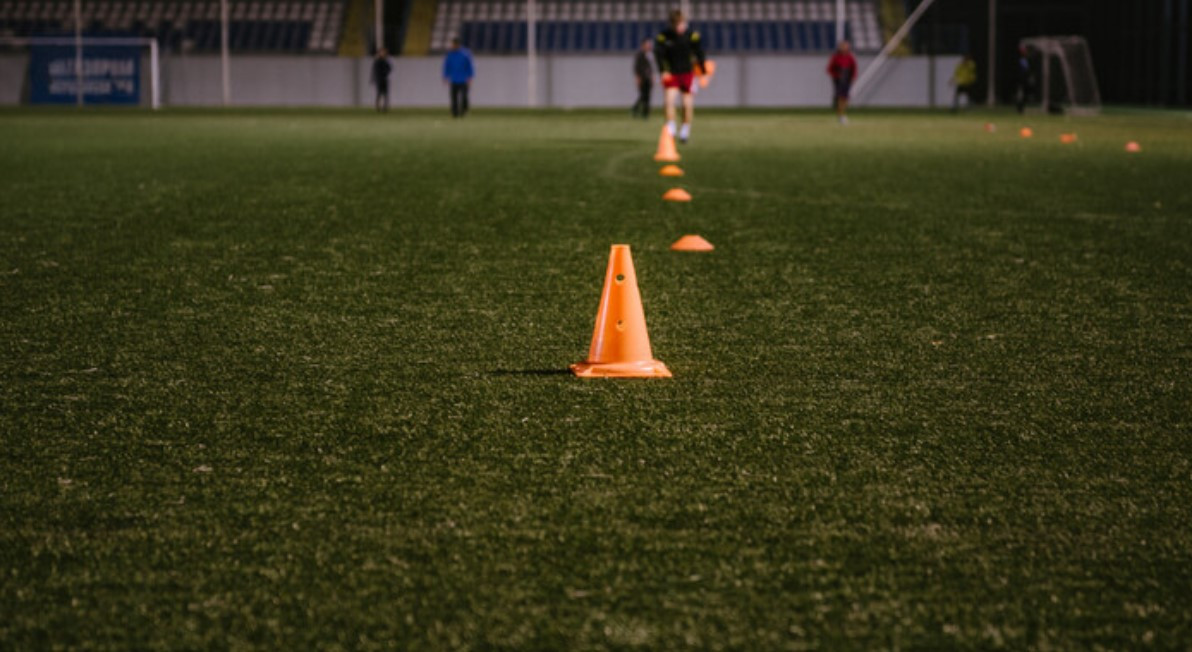
Suffering an ACL tear is a significant setback for any soccer player. The road to recovery is long and challenging, both mentally and physically. The most important things to remember are that with dedication, proper rehabilitation, and a positive mindset, it is possible to make a 100% return to the soccer field and continue pursuing your passion.
Allow yourself to grieve the setback, but also maintain a positive mindset and focus on the future. You will come back stronger. Throughout the recovery process, pay close attention to your body's signals. It may be frustrating to have to stop earlier than others or sooner than you would’ve before the injury. Always try to distinguish between normal discomfort and pain. Please pay attention to your workload; it can be exciting to get back into the sport, but you don’t want to do too much too fast. You will need to build yourself back up to where you used to be and then further beyond that! An ACL tear is a very common soccer injury, and it can hinder progress if you let it. However, studies have shown that with the correct plan of attack, you can come back stronger than before you were hurt. Remember that everyone’s timeline is different, so stay positive and keep working!




